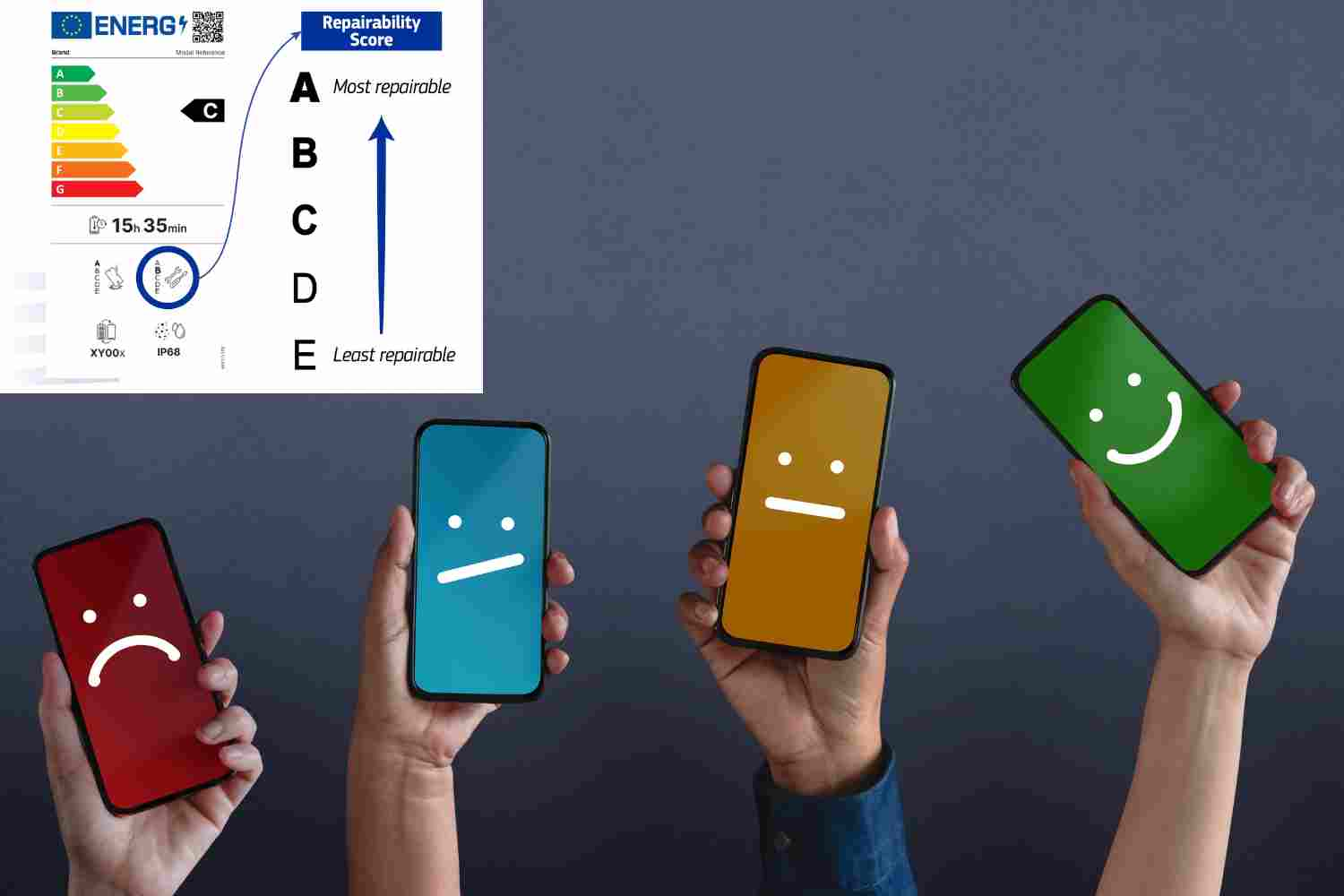EU ecodesign rules force smartphones to last longer with 800-cycle batteries, 5-year software updates, and transparent repair labels starting June 2025

Table of contents
Since June 20, 2025, the new ecodesign regulations for smartphones, tablets, cordless phones, and non-smart mobile devices are no longer mere technical compliance requirements but a statement of principle that radically redefines the relationship between technology, production, and sustainability. It’s no longer just about chasing extreme performance or increasingly new and appealing designs, but about demanding durability, repairability, and measurable environmental impact.
This is Europe’s response to one of the most profound contradictions of our digital age: planned obsolescence.
For too long, rhetoric has justified the rapid deterioration of our devices with unstoppable technological progress. But the truth is different: today, many of our devices abandon us long before they truly age. Just think about the short life of batteries, the difficulty in finding original spare parts, or software that stops receiving updates after just a few years, effectively making a still-functioning device obsolete.
The regulatory framework that changes everything
EU Regulation 2023/1670 on ecodesign — complementary to the energy labeling regulation (EU 2023/1669) — isn’t a simple wish list, but a clear and binding mandate. The numbers tell the story: batteries must withstand at least 800 charge-discharge cycles while retaining 80% of their initial capacity. Manufacturers will be required to guarantee software updates for at least five years. And they must provide spare parts within 5-10 working days, keeping them available for up to seven years after the end of product sales.
This represents a paradigm shift that challenges not only consumers but especially the industry giants. No more “disposable” devices designed to abandon us (and thus push us toward a new purchase) in the short term, but products conceived to last, with every design choice under the microscope of verifiability. It’s no coincidence that the regulation expressly prohibits designing devices capable of modifying their performance during official tests — a clear brake on the “tricks” that have characterized the sector.
The tangible symbol of this revolution will be the energy label, which appeared on electronic devices starting June 20. It’s not just a colorful sticker with a scale from A to G, but an identity card, a synthesis of objective and verified parameters: actual battery life in hours, drop resistance, repairability index (calculated on six precise criteria), protection rating against water and dust, and ease of disassembly. Every detail becomes a small act of transparency.
Transparency through technology
Transparency will be further guaranteed by a QR code on the label, a gateway to a European database containing detailed tests and technical specifications. This seemingly marginal aspect actually allows consumers to exercise informed decision-making power, rebalancing forces that were previously heavily skewed. A rebalancing that, if well utilized, has the potential to redesign the market.
However, the effectiveness of these regulations won’t be determined solely by their formal existence but by their practical application. It will be up to national authorities — and in Italy, clarity on the responsible entity is still awaited — to ensure that manufacturers don’t limit themselves to superficial compliance but truly respect the requirements.
The consumer’s role in this revolution
And this is where our responsibility and freedom of choice come into play, that of us consumers. The new labels will provide us with valuable data, but it’s up to us to learn to read them, interpret them, and, above all, use them as selection criteria. Because if we continue to reward only the most appealing design or the camera with the most megapixels, the market will follow that demand, ignoring the rules and nullifying the regulatory effort.
In this way, directing our choice toward a more durable, more repairable, more updatable product will no longer be an individual act of convenience or savings. It will become a political choice, a vote for an economic model that rejects waste and doesn’t sacrifice the environment on the altar of short-term profit.
In an era when greenwashing is the order of the day and sustainability promises often remain empty, these European regulations can represent an example of concreteness. But like every regulatory attempt, they risk remaining a dead letter if not supported by vigilant public pressure and a critical mass of informed and aware consumers.
The moment of truth
If we want a phone that lasts and can be easily repaired, now is the time to demand it with every purchase choice we make. The tools are in our hands — quite literally, in the form of those new labels and QR codes. The question is whether we’ll use them to push the industry toward a more sustainable future, or whether we’ll continue to fall for the same old marketing tricks that have kept us trapped in the cycle of constant upgrades.
The European Union has done its part by creating these regulations. The manufacturers will adapt, grudgingly or enthusiastically, depending on market pressure. But ultimately, the success of this ambitious experiment in forcing technology to serve sustainability rather than pure profit depends on us — the millions of consumers who, with each swipe of a credit card, cast a vote for the kind of future we want to live in.
